
What is Corona Virus (Coronavirus), What Are Its Symptoms?
Corona virus is a derivative of a group of RNA viruses and can be caused by a respiratory infection of humans. Coronavirus can pass between humans and animals, and there are many different types. However, the most important epidemic of recent years, COVID-19 (Novel Coronavirus), was caused by a type of coronavirus called SARS-CoV-2. COVID-19 emerged in China at the end of 2019 and began to spread rapidly all over the world. COVID-19 may present as an infection with mild symptoms such as the common cold that most people can recover from, but in severe cases it can result in a respiratory infection or even death. For information and current developments regarding COVID-19, pay attention to the information and recommendations given by official health institutions as reliable sources.
What is a Virus?
Viruses are microscopic parasites that can multiply in the cells of living things such as humans, animals, plants and even some bacteria, enter the cell, affect the functioning of the cell and render the cell harmful. Viruses can cause infections in the human body and cause many different diseases.
Viruses are a protein capsule that contains genetic material (DNA or RNA) in a specially made protein shell. When viruses enter the cell to affect the functioning of cells, they use the cell’s ribosomes to manage its functions and the cell’s genetic material, its DNA. In this way, viruses affect the functioning of the cell and help the cell to multiply. However, in this process, viruses disrupt the cell’s functioning and can cause cell damage.
There are many different types of viruses, and they can cause many different diseases. For example, the flu virus can cause an infection with symptoms such as a cold and sore throat, while the HIV virus can cause a serious illness such as AIDS. Viruses are generally not treatable with antibiotics and are often destroyed by the body’s defense mechanisms. However, vaccines can also be developed for some viruses, so that if people come across these viruses, their bodies can develop their defense mechanisms against this virus.
What are Corona Virus (Coronavirus) Symptoms?
The symptoms of Corona virus (COVID-19) can usually occur as mild symptoms such as cold, sore throat, runny nose, cough, weakness, fever and muscle aches. These symptoms usually appear within 2-14 days and may be temporary for many people. However, for some people, COVID-19 can become an infection with more severe symptoms and be caused by a respiratory infection. In severe cases, COVID-19 can result in severe respiratory distress, shortness of breath, and even death.
For information and current developments regarding COVID-19, pay attention to the information and recommendations given by official health institutions as reliable sources. If you are showing symptoms of COVID-19 or have been in contact with COVID-19, please contact healthcare and follow healthcare professionals’ advice.
How to Treat Corona Virus (Coronavirus) ?
There is no specific treatment method for Corona virus (COVID-19). Treatment is usually aimed at relieving symptoms and may vary according to the severity of the disease. For severe cases, they may require respiratory support and the patient may be treated in the intensive care unit. For information on preventive measures related to COVID-19, pay attention to the information and recommendations from official health institutions as reliable sources.
How Does the Immune System Fight the Coronavirus?
The immune system is a system that carries out the work of protecting the body from these microorganisms when the body encounters viruses, bacteria and other pathogens. The immune system works through certain cells in the body, and when these cells encounter pathogens, they develop the body’s defense mechanisms against these pathogens.
The immune system produces antibodies, which are proteins made in a special way. When the body encounters pathogens, antibodies are made specifically according to the characteristics of the pathogens and have special structures that identify these pathogens. In this way, when the body encounters pathogens, antibodies can recognize these pathogens and enable the body to fight them.
The immune system can also produce cells to destroy pathogens when the body encounters them. For example, there are different types such as T cells and B cells. T cells work to destroy pathogens when the body encounters pathogens, while B cells produce antibodies when the body encounters pathogens.
The immune system activates various defense mechanisms when the body encounters pathogens and thus carries out its work to protect the body from these pathogens. However, the immune system may not always be fully functioning and the body may have difficulties fighting pathogens. Therefore, it is important to take preventive measures to support the body’s fight against pathogens.
Does The Vaccine of Corona Virus (Coronavirus) Founded?
Yes, vaccines for COVID-19 (Novel Coronavirus) have been developed and some of these vaccines are available. COVID-19 vaccines are designed to improve the body’s defenses against the COVID-19 virus. In this way, after receiving the vaccines, the body will be able to fight better when it encounters the COVID-19 virus.
COVID-19 vaccines can be produced by different methods and have different designs. Some vaccines may contain proteins from the COVID-19 virus so that the body can produce antibodies against the proteins of the COVID-19 virus. Other vaccines may contain the genetic material of the COVID-19 virus so that the body can produce antibodies against the genetic material of the COVID-19 virus.
The efficacy and safety of COVID-19 vaccines may vary between different vaccines. For information on the efficacy and safety of vaccines, pay attention to information and recommendations from official health agencies as reliable sources. If you would like to receive a COVID-19 vaccine or would like more information about vaccines, please contact your local health services and follow the advice of health professionals.
How is Corona Virus (Coronavirus) Test Done?
Tests for COVID-19 (Novel Coronavirus) are usually done when symptoms such as cold, sore throat, cough, malaise, fever and muscle aches or in people who have been in contact with COVID-19. Tests for COVID-19 are usually done to detect the DNA or RNA of a specific microorganism (virus) and these tests are usually done on samples taken from throat or nose samples.
Tests for COVID-19 are usually done by the following methods:
- Cough sample: This test is done on a sputum sample collected during coughing and looks for RNA (genetic material) of the COVID-19 virus.
- Nasal sample: This test is performed on a sample collected from the nose and looks for RNA (genetic material) of the COVID-19 virus.
- Stool sample: This test is done on a stool sample and looks for the RNA (genetic material) of the COVID-19 virus.
- Surface antigen test: This test looks for proteins (antigens) of the COVID-19 virus and is usually performed on a sample collected from the nose or throat.
Tests for COVID-19 are usually done in laboratories, and the results of these tests are usually available within a few days. Tests for COVID-19 are usually free and do not require a doctor’s referral to perform these tests. However, if you would like to have COVID-19-related tests or would like more information about COVID-19-related tests, please contact your local health services and follow the recommendations of healthcare professionals.
How is Corona Virus (Coronavirus) Transmitted?
COVID-19 (Novel Coronavirus) is a virus that is usually transmitted from person to person through the air. For this reason, when a person infected with COVID-19 coughs, sneezes or breathes, droplets containing the virus can spread through the air and people can become infected with COVID-19 by inhaling these droplets.
The COVID-19 virus can also be transmitted by touch. For example, we can become infected with COVID-19 when we touch surfaces where the COVID-19 virus is present, and when we touch our mouth, nose and eyes with our hands. For this reason, it is important to take preventive measures regarding COVID-19.
What Are the Ways of Protection from Coronavirus (Coronavirus)?
Taking preventive measures regarding COVID-19 (Novel Coronavirus) can prevent the spread of this virus and improve defense mechanisms by the body against this virus. The following are some of the preventive measures related to COVID-19:
- Wash your hands frequently: Wash your hands frequently with soap and water and dry your hands. Washing your hands can destroy the microorganisms on your hands and thus prevent the transmission of microorganisms such as COVID-19.
- Wear a mask: In environments infected or at risk of becoming infected with COVID-19, wearing a mask can prevent microorganisms spreading from the nose and mouth. Wearing a mask is also important for people who are healthy, as this can reduce the risk of infection in healthy people.
- Maintain social distancing: In environments infected or at risk of being infected with COVID-19, maintain social distancing and reduce physical contact with people. In this way, you can reduce the transmission of microorganisms such as COVID-19.
- Do not cover your mouth and nose: When coughing or sneezing, do not cover your mouth and nose and wash your hands frequently. In this way, you can reduce the microorganisms spreading from your mouth and nose and reduce the transmission of these microorganisms.
What are the Mortality Rates of the New Coronavirus Disease (COVID-19)?
The death rates associated with COVID-19 (Novel Coronavirus) may vary in different countries and different regions. Mortality rates can also vary depending on the severity of the disease, the patient’s age, general health, and other factors.
- For the 60 – 69 age group, 3.6%.
- For the 50 – 59 age group, 1.3%.
- For the 40-49 age group, 0, 4%.
- For those aged 39 and under, it is stated as 0.2%.
According to the statistics given, it is observed that the mortality rates due to coronavirus in children and young people (in the 10 to 39 age group) are the lowest.
For information on death rates related to COVID-19, look to the information and recommendations provided by government health agencies as reliable sources. For information on death rates related to COVID-19, you can contact your local health services or access the information provided by official health institutions.
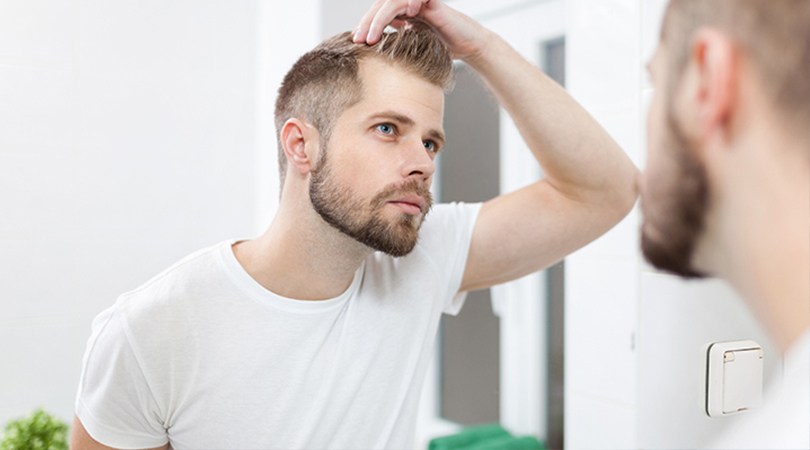
Hair transplantation is a surgical procedure performed to restore natural-looking hair to those who ..
Devamını oku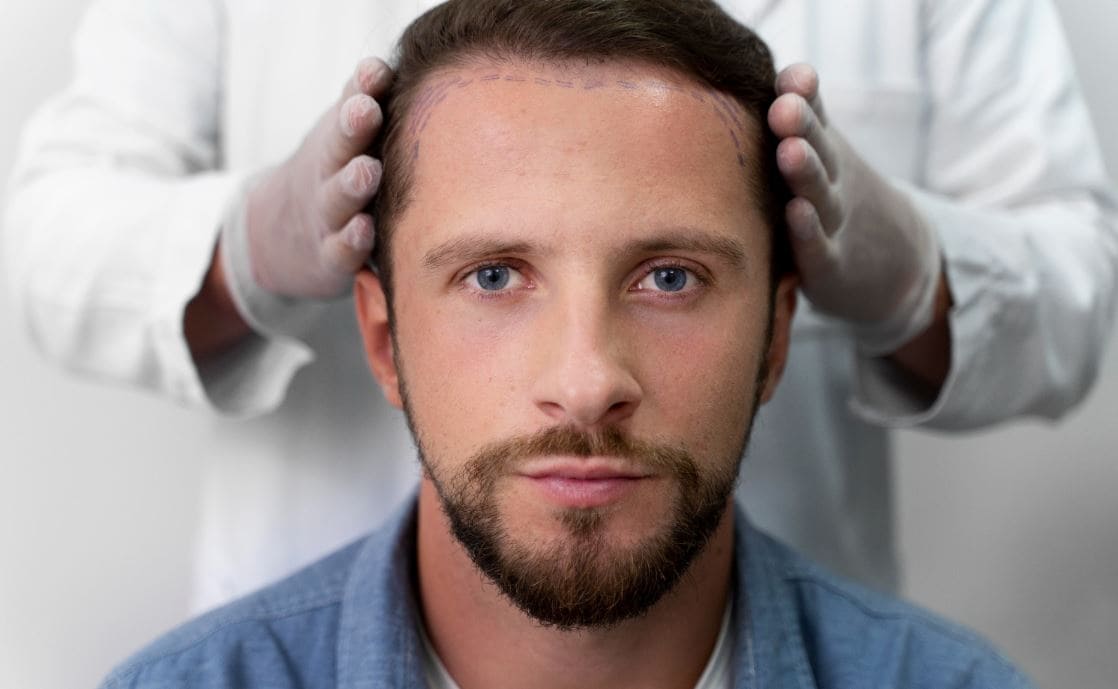
Hair transplant has become an increasingly popular aesthetic procedure in recent years. Hair loss ca..
Devamını oku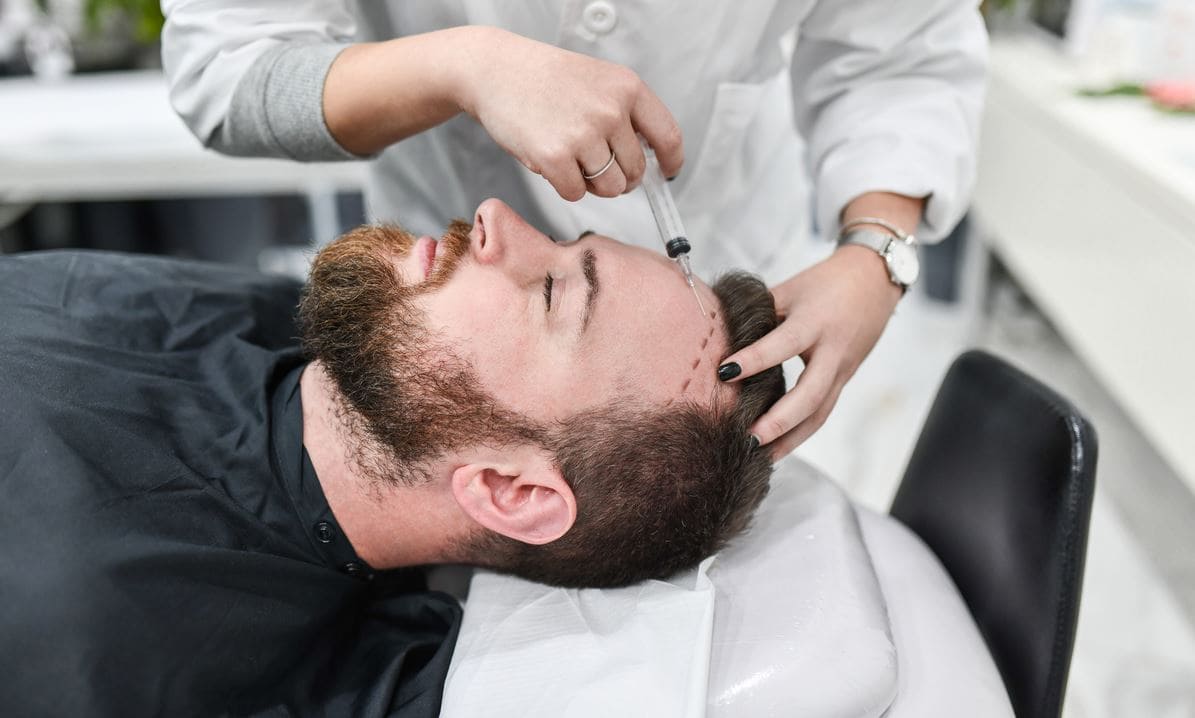
The administration of local anesthesia is a common practice before hair transplant surgery. Local an..
Devamını oku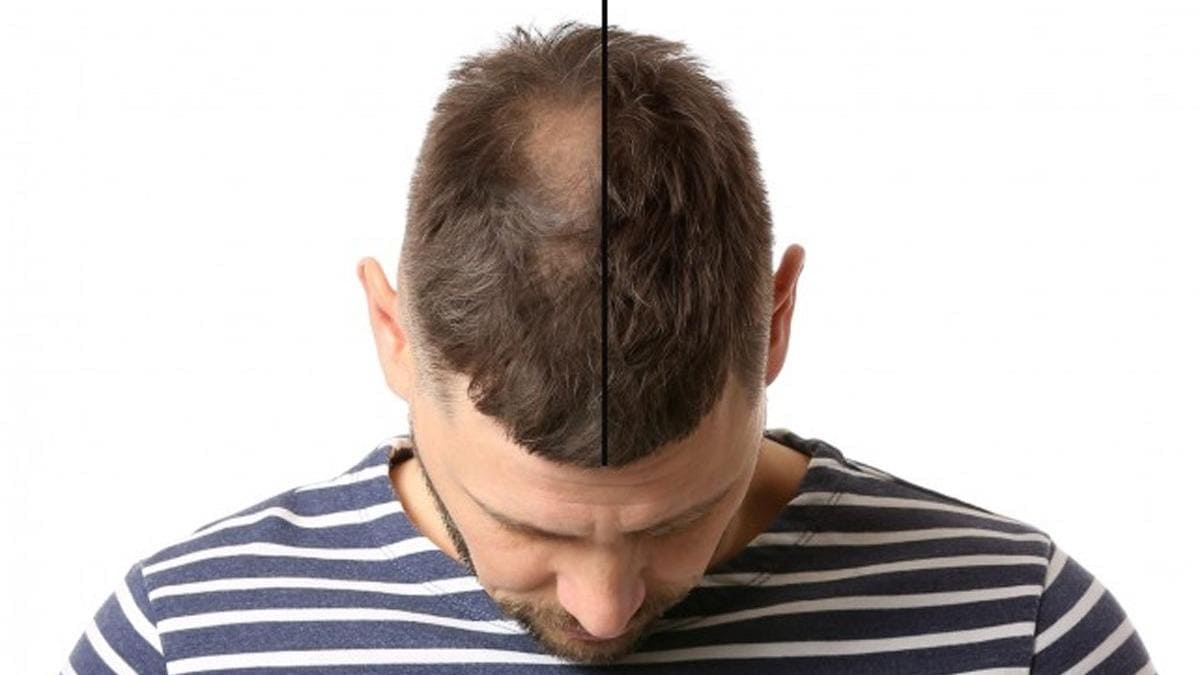
Hair transplant surgery is a surgical procedure performed to increase hair density in individuals ex..
Devamını oku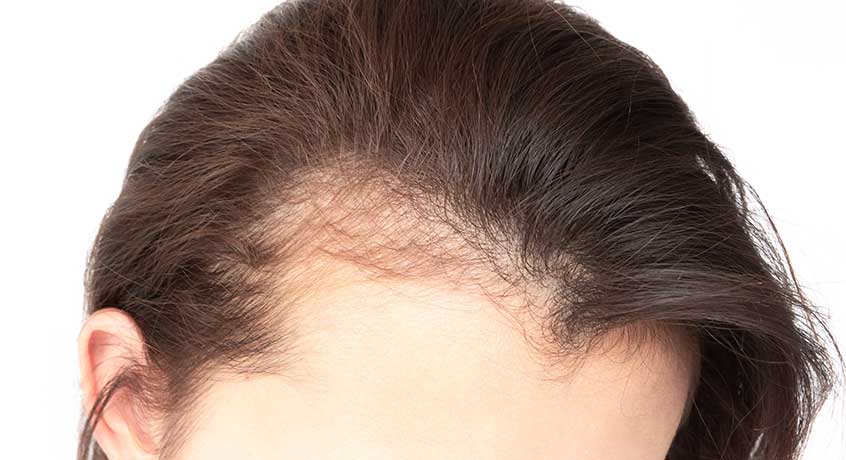
Women can also face hair loss problems just like men. While hair loss in women may not resemble andr..
Devamını oku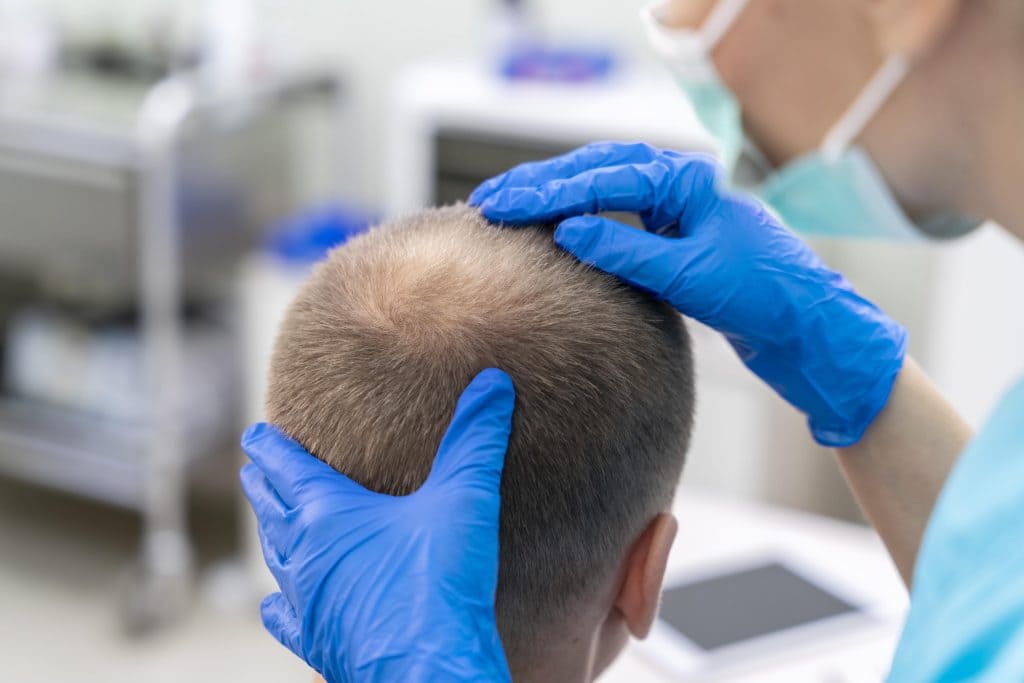
Hair transplantation has become an increasingly popular aesthetic procedure worldwide in recent year..
Devamını oku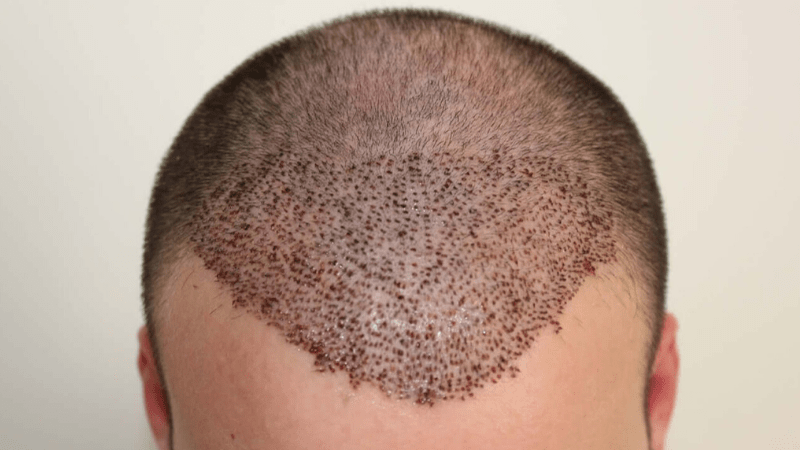
Hair loss is a common problem nowadays. People who want to cope with this problem can achieve health..
Devamını oku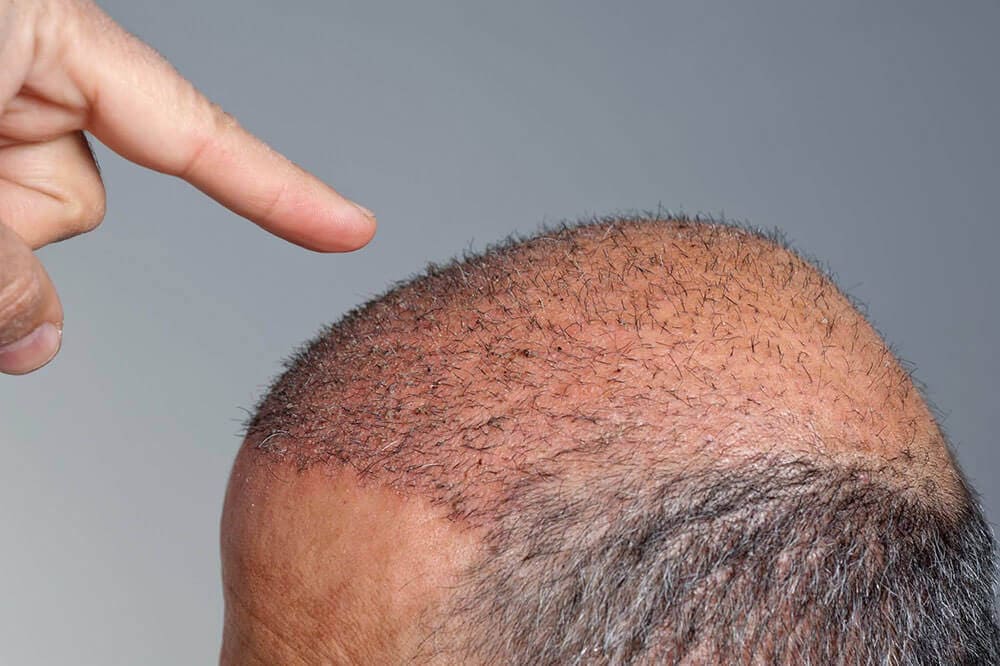
Before undergoing a hair transplant procedure, certain tests are performed to evaluate the individua..
Devamını oku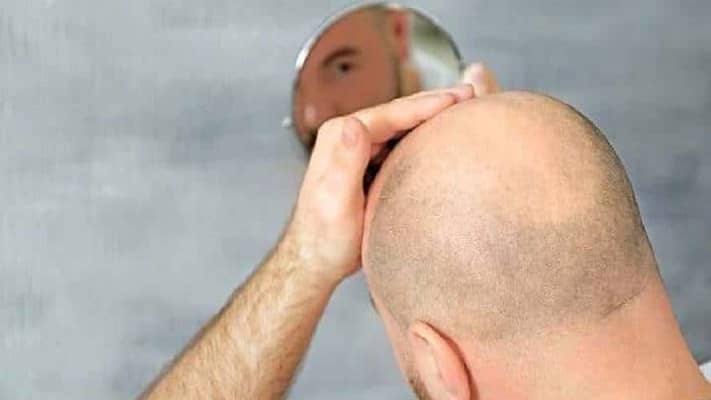
Hair transplant is a surgical procedure performed to address baldness or thinning hair on a person's..
Devamını oku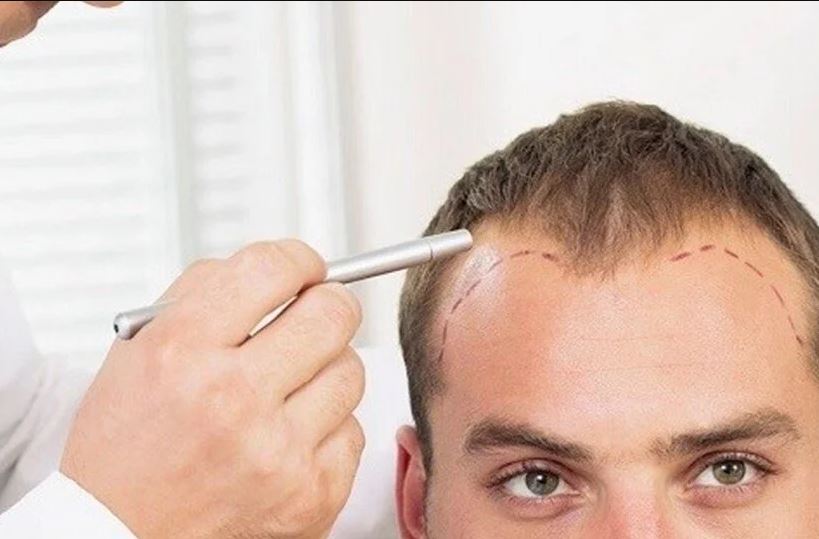
Alcohol and smoking have a number of negative effects before and after hair transplant surgery. Firs..
Devamını oku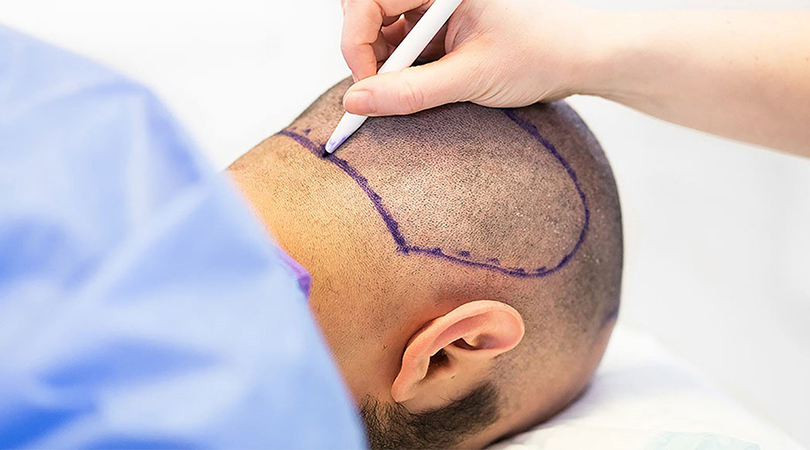
Hair transplantation is the process done to bring the hair in the old appearance of the hair in area..
Devamını oku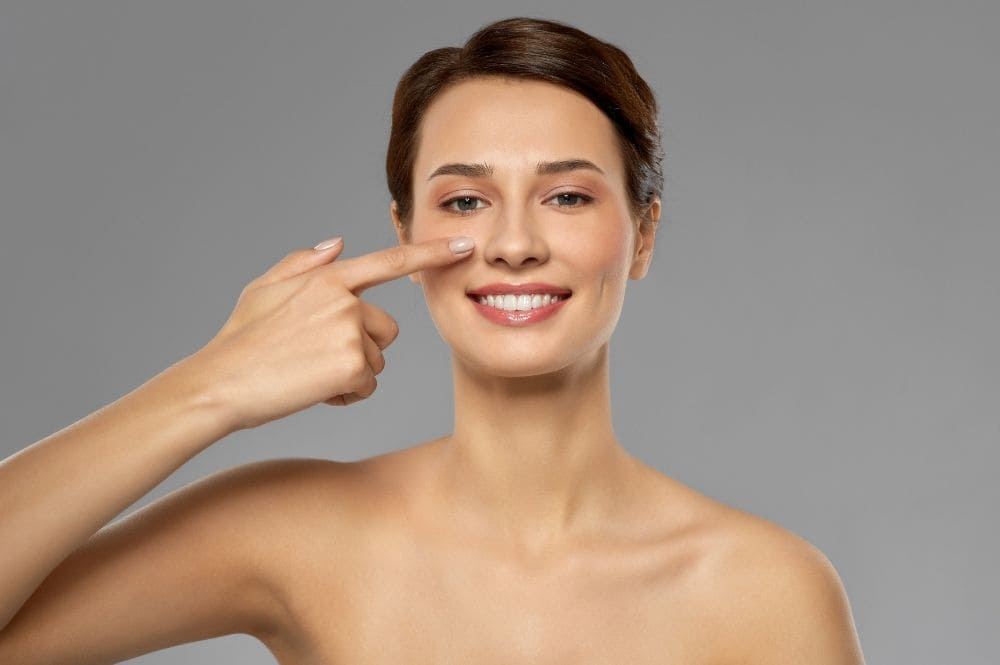
There are different types of rhinoplasty and it is important to decide which type is suitable for yo..
Devamını oku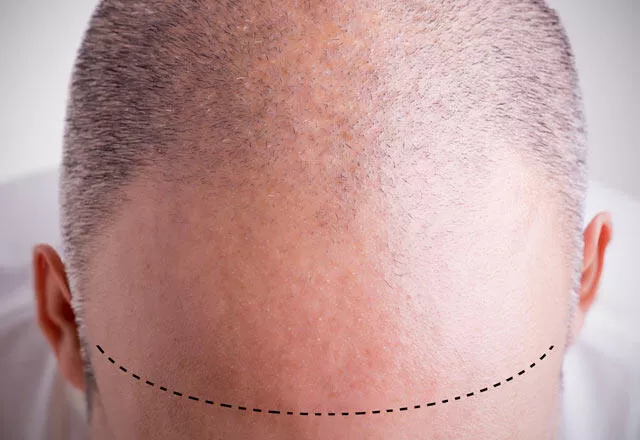
Hair transplantation has gained increasing popularity in recent years and mild pain is normal after ..
Devamını oku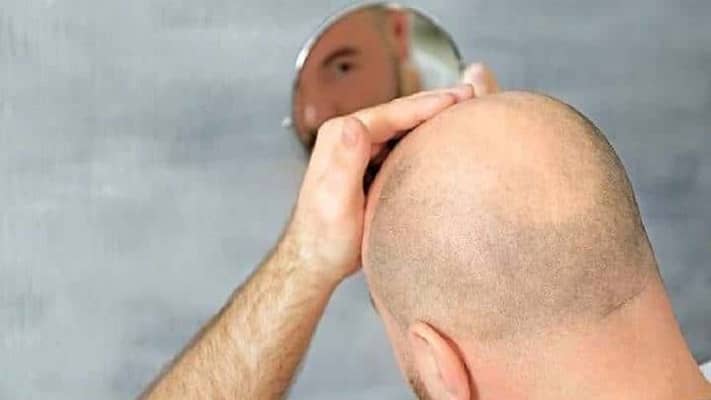
It is a popular solution for many people with hair loss and hair loss problems. However, it is impor..
Devamını oku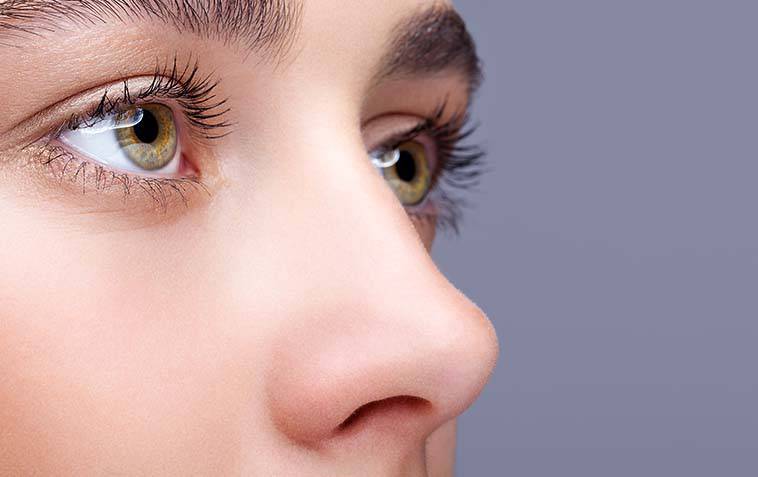
Nose aesthetics (rhinoplasty) is a surgical procedure that changes the shape of the nose. The aim of..
Devamını oku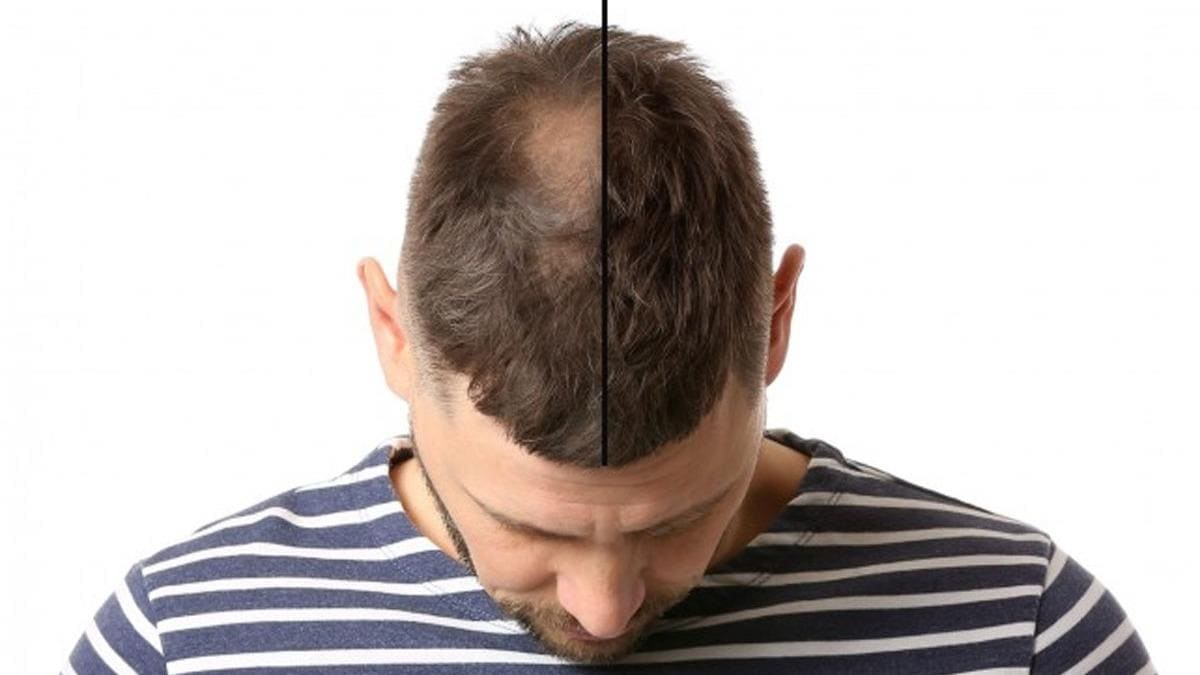
There are many options among the cutting-edge hair transplantation methods. Developing technology ha..
Devamını oku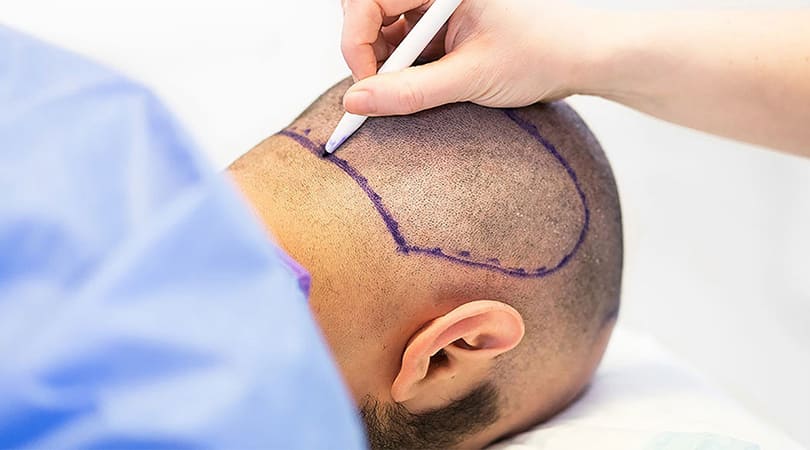
The process of passing the hair transplantation scar varies depending on the technique used. While s..
Devamını oku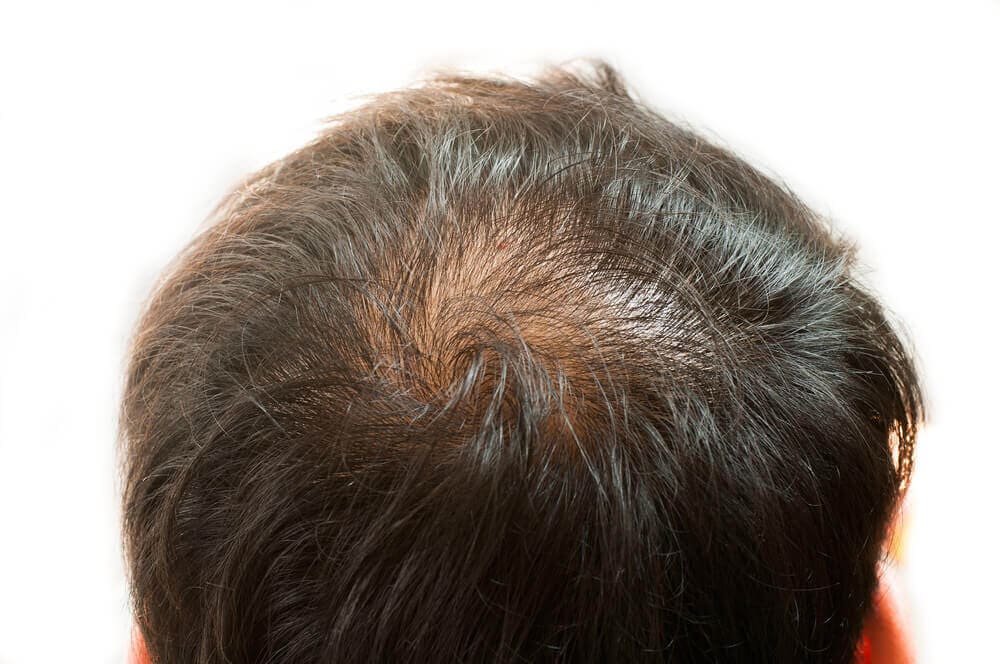
It is possible to transplant sparse hair and give it a more lush structure. People may lose their ha..
Devamını oku
The duration of the hair transplant operation differs according to the preferred method. However, a ..
Devamını oku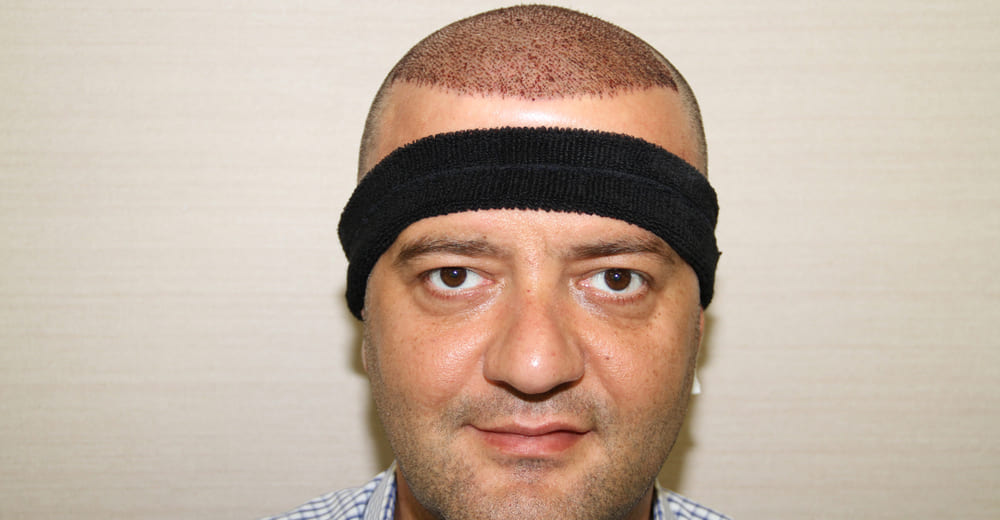
Headbanding of hair transplant patients, it is done to reduce the symptoms caused by the surgery. Ha..
Devamını oku
Corona virus is a derivative of a group of RNA viruses and can be caused by a respiratory infection ..
Devamını oku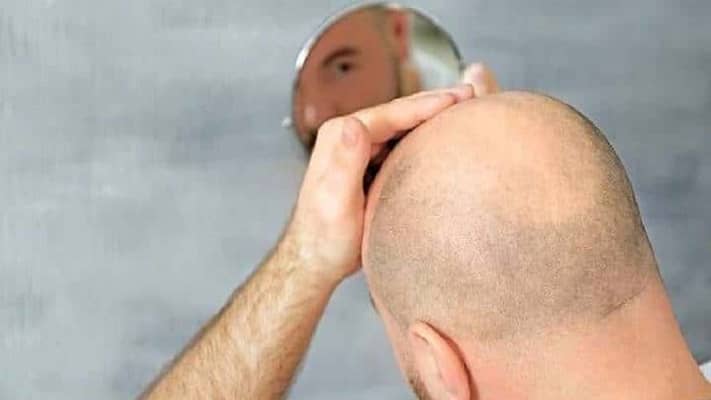
Edema after hair transplantation is known as an edema that is given after the completion of the hair..
Devamını oku
In hair transplantation, the donor area is the area where the hair strands used in hair transplantat..
Devamını oku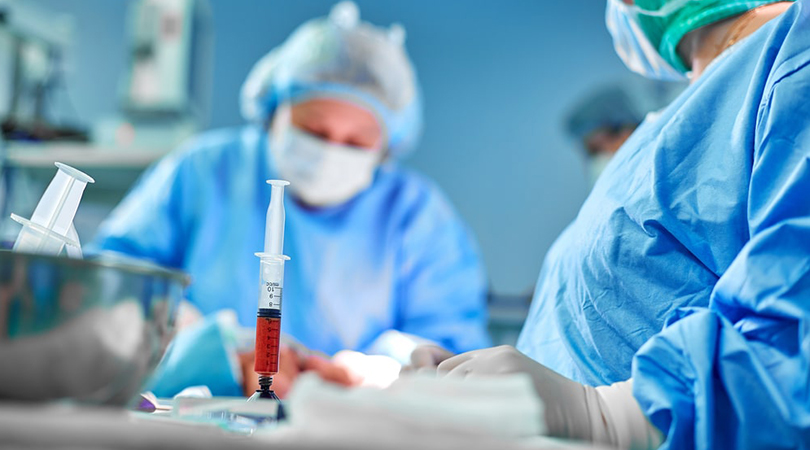
Gastric sleeve surgery is a surgical procedure, and a tube is placed in the stomach. After this tube..
Devamını oku
Greetings everyone. Today we will touch on a seemingly simple but very important point. Before the h..
Devamını oku
How Does Hair Transplant Surgery Work for an HIV Patient? The surgical hair restoration process is ..
Devamını oku
Stubborn fat may occur in certain areas of the body due to reasons such as weight gain, pregnanc..
Devamını oku
What is Leakage After Sleeve Gastrectomy ? Sleeve Gastrectomy has been done since the 90’s. But it ..
Devamını oku
 EN
EN TR
TR FR
FR ES
ES DE
DE